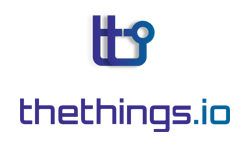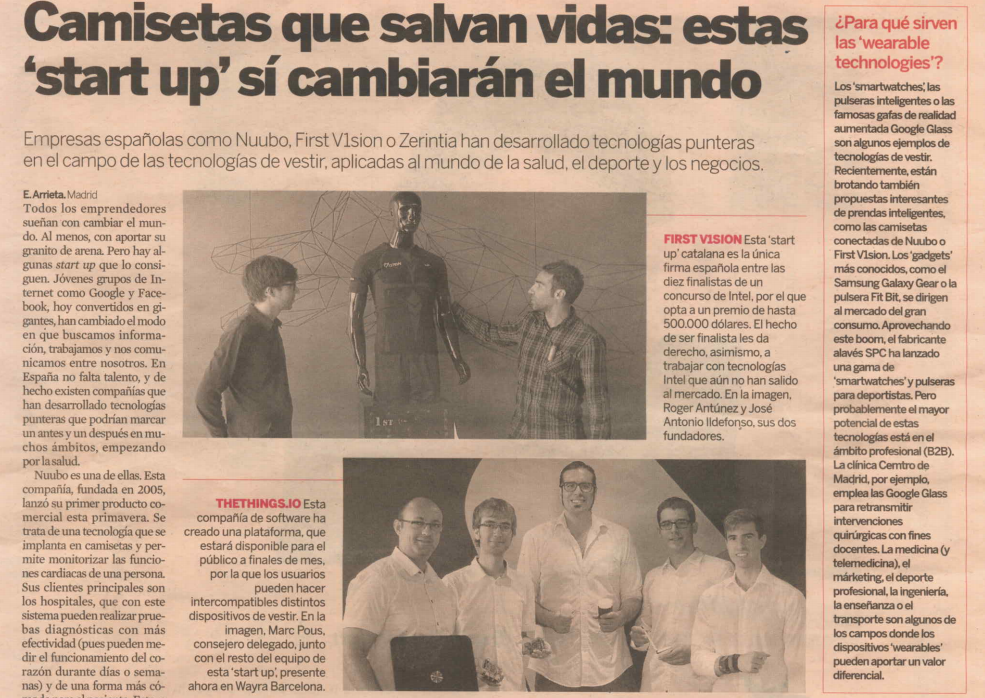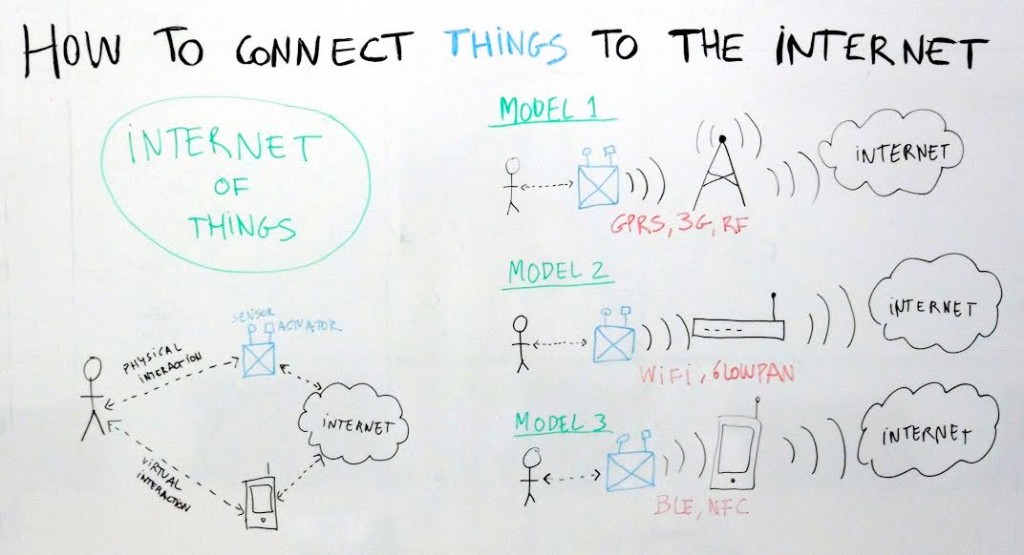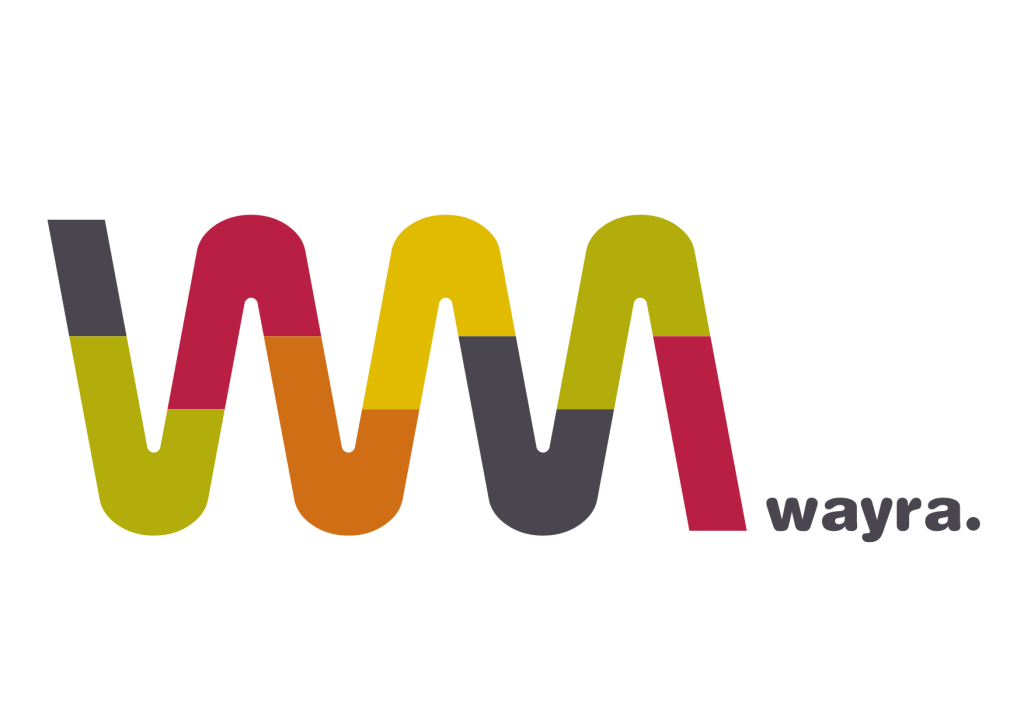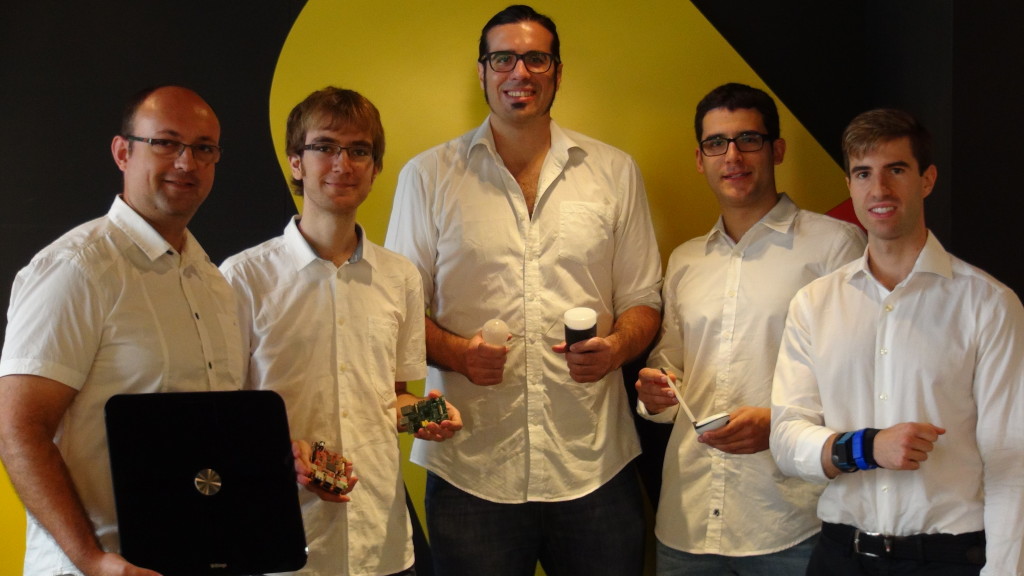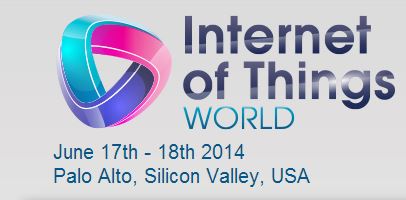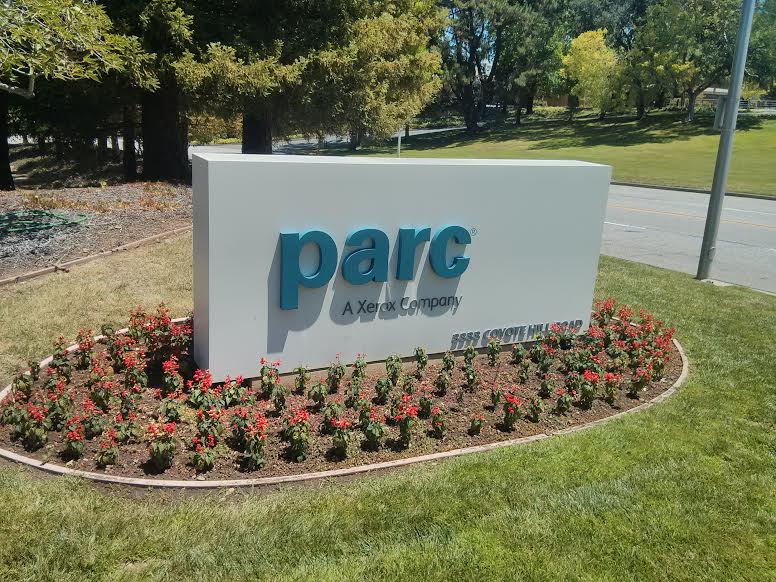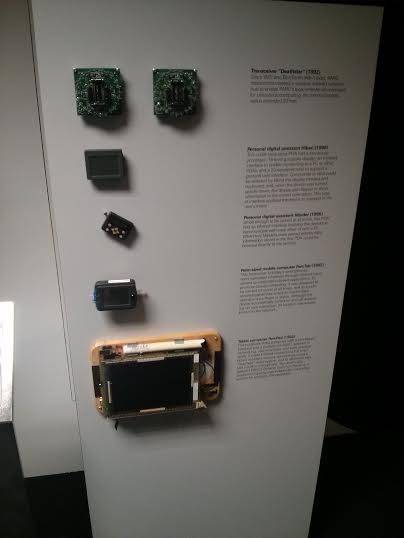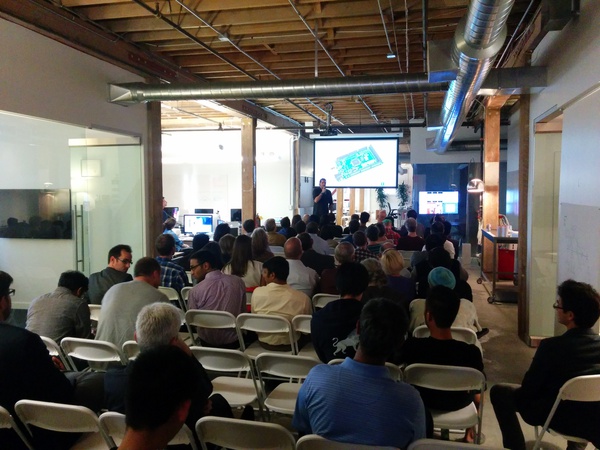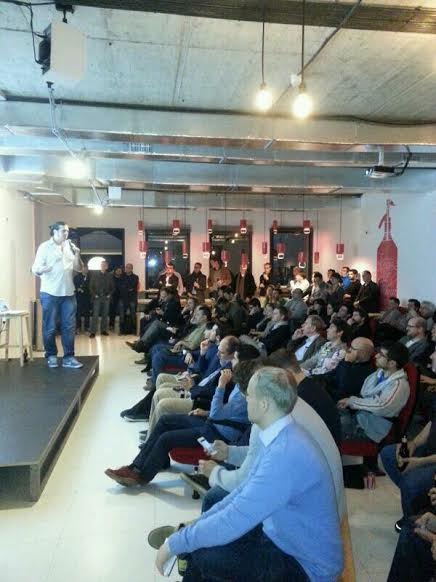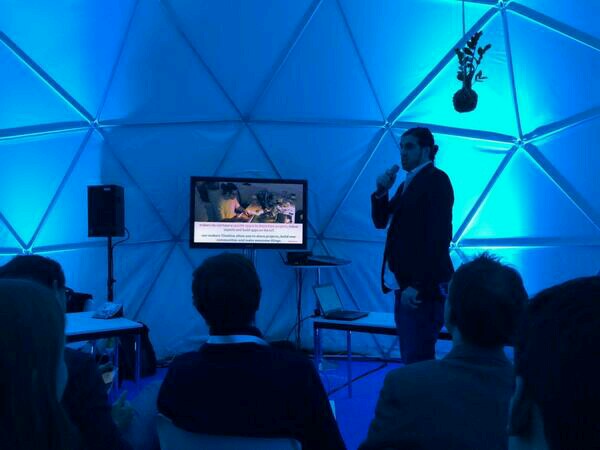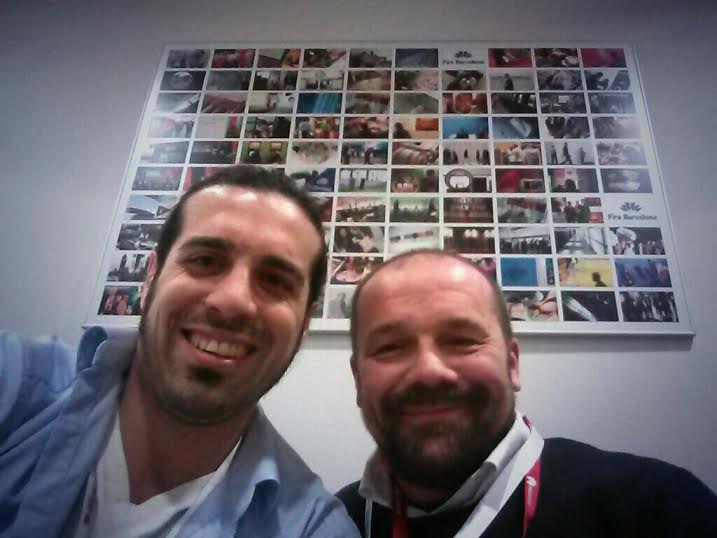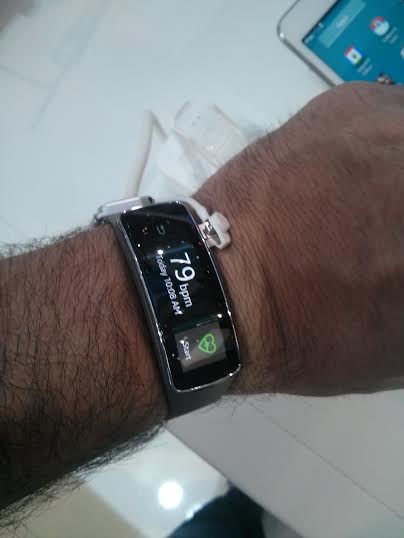thethings.iO Appeared on Expansion Newspaper
Some days ago, thethings.iO appeared on the Expansion newspaper on wearables and Internet of Things article. The article is called “T-Shirts that saves lifes: these startups are going to change the world“.
On this article, startups such as FirstV1sion who are also at Wayra Barcelona and Nuubo. We were interviewed by an Expansion journalist. This is a partially translation of the Expansion’s article:
The next big thing
By the year 2016 the wearables will suppose a market of 6 billion of dollars. Here you can include professional devices and massive market gadgets. “We are still on the beginning. It’s hard to imagine how many things we are going to have, in some years, thanks of the wearables technologies.” mentions Marc Pous, founder of theThings.IO, a startup that develops software to interconnect several wearables. “We integrate APIs from dozens of vendors,” specifies Pous.
Send us a comment about the future of the wearables and the Internet of Things. Be sure to follow us on Twitter and don’t forget to check out our week;y #IoTFriday blog!
